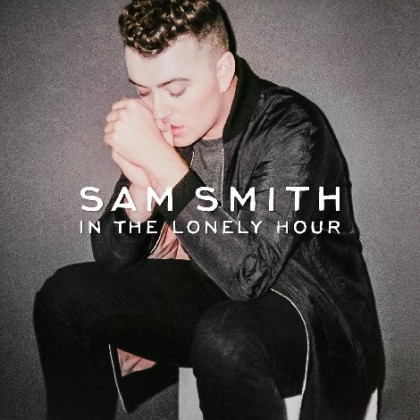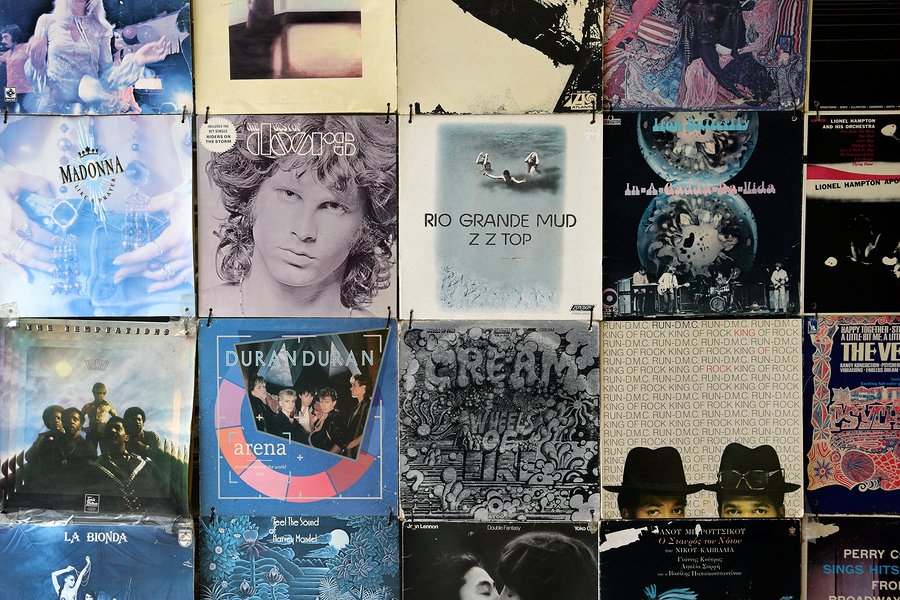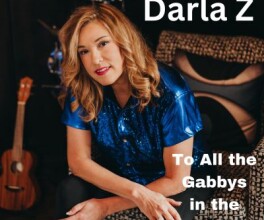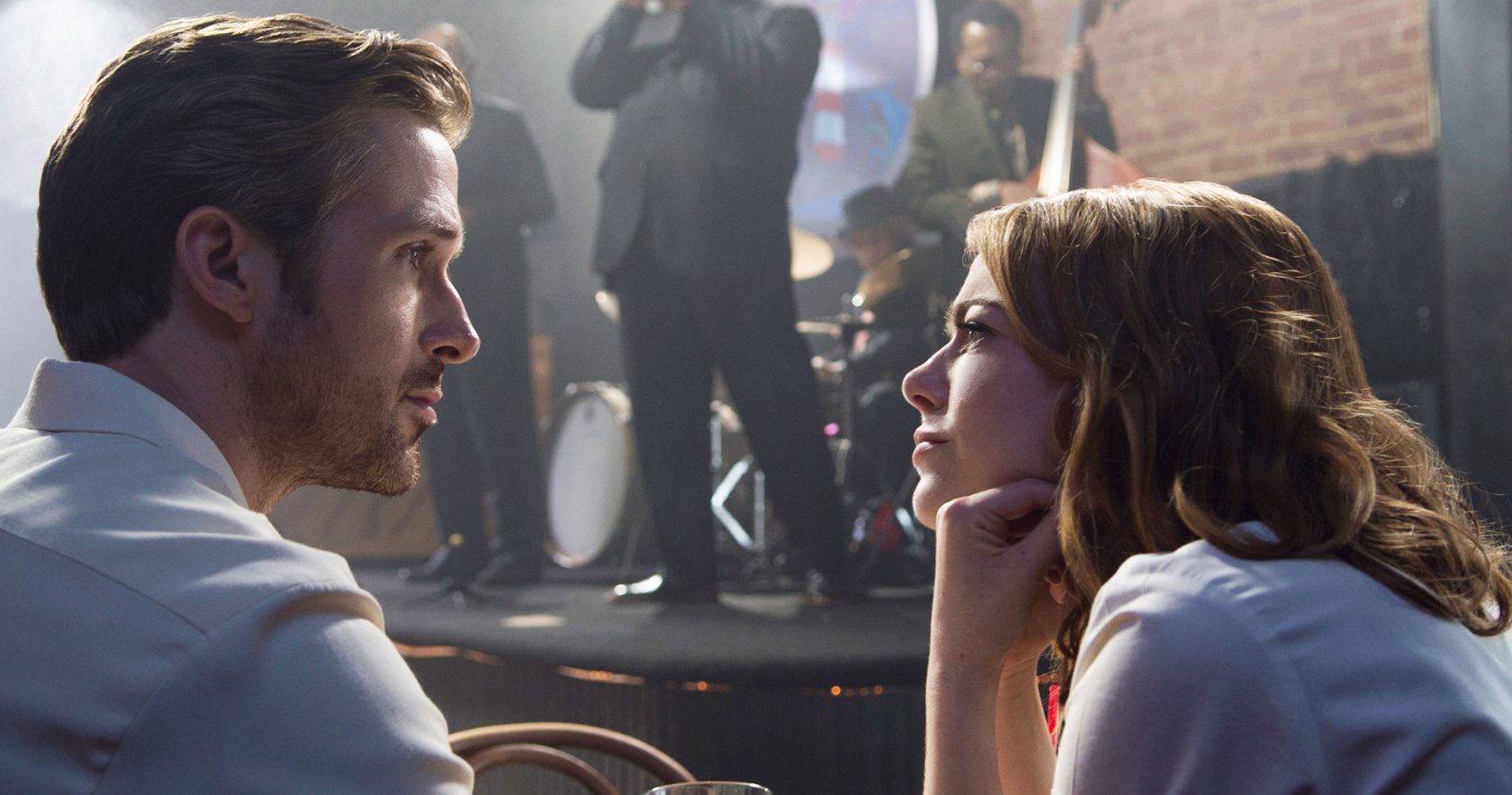La La Land — with its record-tying Oscar nominations and record-breaking Golden Globe wins — is certainly a cinematic triumph but, for those of us who struggle in creative pursuits, it’s likely to leave us as frustrated in its fictional depiction of our crafts even as it succeeds at its own. Damien Chazelle’s previous film Whiplash also used the setting of a creative pursuit (a conservatory jazz band) to tell a a story unrelated to creativity. Whiplash was about an abusive relationship, not how to make good art. La La Land is about finding and losing love, not how to pursue art.
Mild plot spoilers will follow so bounce now if you haven’t seen the movie and want to remain pure of heart.
In the middle of the movie, Mia and Sebastian — an actor and jazz pianist, respectively, who have fallen in love and moved in together — have a fight that is so avoidable that it is likely to pull any musician or actor right out of the suspension of disbelief. At issue in this fight is Sebastian’s touring schedule. The two met in a moment of road rage as she was headed to an audition; they met again as he was getting fired from a gig playing Christmas carols; they met again when he was playing keytar in an 80s cover band. Their meet-cute was all about their individual struggles with their art. As their relationship grew, Sebastian urged Mia to quit her job and put on a one-woman play. In the meantime, he landed a gig playing keyboards in a modern jazz-fusion band (that is somehow popular, but that’s another discussion).
Their entire relationship has been intertwined with their creative struggles. Why then, when Sebastian flies back from tour to have dinner with Mia, would they have such a pointless fight?
In this moment, the movie takes a turn that so much drama does when depicting creative pursuits: it reduces everything to a caricature of what we actually go through in that pursuit. Why would Mia — who has quit her job as a barista to do produce a one-woman play — be upset that Sebastian has landed a gig making music for a huge audience that will keep him fully employed for years when she has seen him fired from a restaurant and humiliated in a cover band? And why would Sebastian — who has finally been granted a chance to make a great living as a musician — be so bitter that he lashes out at Mia whom he encouraged to quit her job?
The themes of “not selling out” and being a “starving artist” are tropes that haven’t aged well. When this fight occurs, we’re supposed to draw on decades of watching other films portray these themes, not what has been establish in La La Land so far — which up to that point had been mostly realistic about artistic struggles (except for the jazz-fusion band being so incredibly popular, but whatever).
The entire fight could have been avoided with one simple conversation before Sebastian left on tour, or when the band started selling a bunch of records, or when they heard about the next tour. It is just impossible to imagine that Seb and Mia didn’t discuss what his life would be like for the next few years. And if we assume Ryan Gosling is playing a character close to his actual age (which it certainly seems he is), that character would have had enough experience in musical fortunes to explain to Mia (who is presumably around 26), “I have to ride this out for a while.”
When film and television drama reduce musical (and all creative pursuits) to unrealistic dreams of bitter “sold out” musicians and starving actors, they do us a huge disservice by not showing the resolve and tenacity it takes to be a working or middle class artist. It is not all-or-nothing. Most of us are somewhere in between. Those who won’t accept a gig as a hired gun because the project doesn’t pass their purity test aren’t going to make any art professionally. Those who quit their minimum wage job to pursue a crazy fantasy aren’t going to be able to do it for long.
This is not to say that La La Land is an irredeemable movie. It more than makes up for this shortcoming. But the moment of that fight is a signal that the film — even with its song and dance numbers — has switched from a realistic portrayal of artists to a metaphorical one. It will later take more shortcuts with Seb and Mia’s professional journeys but the ending makes it all worthwhile.
Just don’t follow its lessons. If you get the chance to make a lot of money playing music in someone’s band, talk about it with your partner before you leave on tour.












































Comments
No comment